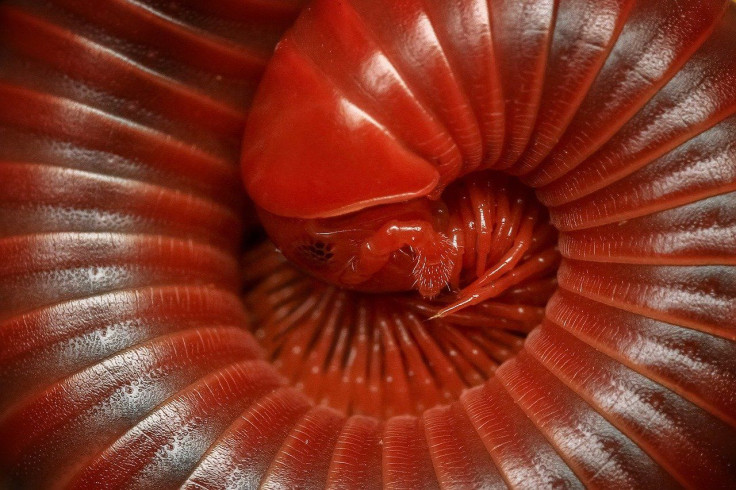Largest 'Of All Time': Fossil Reveals Ancient Millipede As Big As A Car
KEY POINTS
- The massive millipede fossil was discovered on a beach in England
- The millipede would have been about 2.63 meters long, weighing 50 kilograms
- It dates back to 326 million years ago, even before the rise of the dinosaurs
The fossilized remains of a millipede as massive as a car have been discovered on a beach in England. It is said to be the largest known invertebrate "of all time."
Millipedes are certainly fascinating. Having walked the Earth for millions of years, we are still learning more and more things about them even today. Only recently, for instance, scientists discovered the first "true" millipede with over a thousand legs in Australia.
A team of researchers is now reporting the discovery of the "largest arthropod in Earth history."
Millipedes 'as big as cars' once roamed Northern England, fossil find reveals @Cambridge_Uni https://t.co/ZRelclK1M4
— Phys.org (@physorg_com) December 21, 2021
The specimen was discovered at a Northumberland beach some 40 miles north of Newcastle, the University of Cambridge noted in a news release. It was discovered in 2018 when a block of sandstone fell from a cliff onto the beach, thereby exposing the fossil when it cracked open.
Amazingly, it was spotted when a former Ph.D. student happened to walk by it, the paper's lead author, Dr. Neil Davies of Cambridge's Department of Earth Sciences, said in the news release.
Typically, fossils in the genus are disarticulated. However, the specimen they found was made up of several articulated exoskeleton segments, quite similar to modern millipedes.
"Finding these giant millipede fossils is rare, because once they died, their bodies tend to disarticulate, so it's likely that the fossil is a molted carapace that the animal shed as it grew," Davies explained.
With the segment being 75 centimeters long, the living creature would have been some 2.63 meters long and weighed about 50 kilograms. It dates back to the Carboniferous Period some 326 million years ago, which was even before the Age of Dinosaurs, the university noted.
"This is definitely the biggest bug that ever lived," Davies told CNN in an email.
A fossil of a giant millipede found on a beach in northern England has revealed the "biggest bug that ever lived," paleontologists say. https://t.co/yHTe58thVt
— CNN International (@cnni) December 21, 2021
Arthropleura is a "genus of giant myriapods that ranges from the early Carboniferous to Early Permian," the researchers explained in their paper, published in the Journal of the Geological Society.
Only two "comparable" articulated giant Arthropleura fossils have been known before, the researchers noted. The new one is the oldest and largest of the three, with both of the previous ones being from Germany.
The specimen isn't just amazing for being the largest giant millipede fossil, but it has also given the researchers a chance to learn more about these gigantic prehistoric creatures.
For instance, contrary to previous reconstructions, the new fossil suggests that the Arthropleura preferred "open woody habitats" instead of swampy environments. The fossil also "corroborates" the suggestion that the creatures had a "tough, sclerotized skeleton," the researchers noted.
As for how Arthropleura got so big, it was previously thought that it had something to do with the peak in atmospheric oxygen during the period. However, the rocks where the new fossil was found were from before the peak, so it's possible that the millipede had a "high-nutrient" diet.
However, it remains unclear how they went extinct during the Permian period.

© Copyright IBTimes 2025. All rights reserved.






















